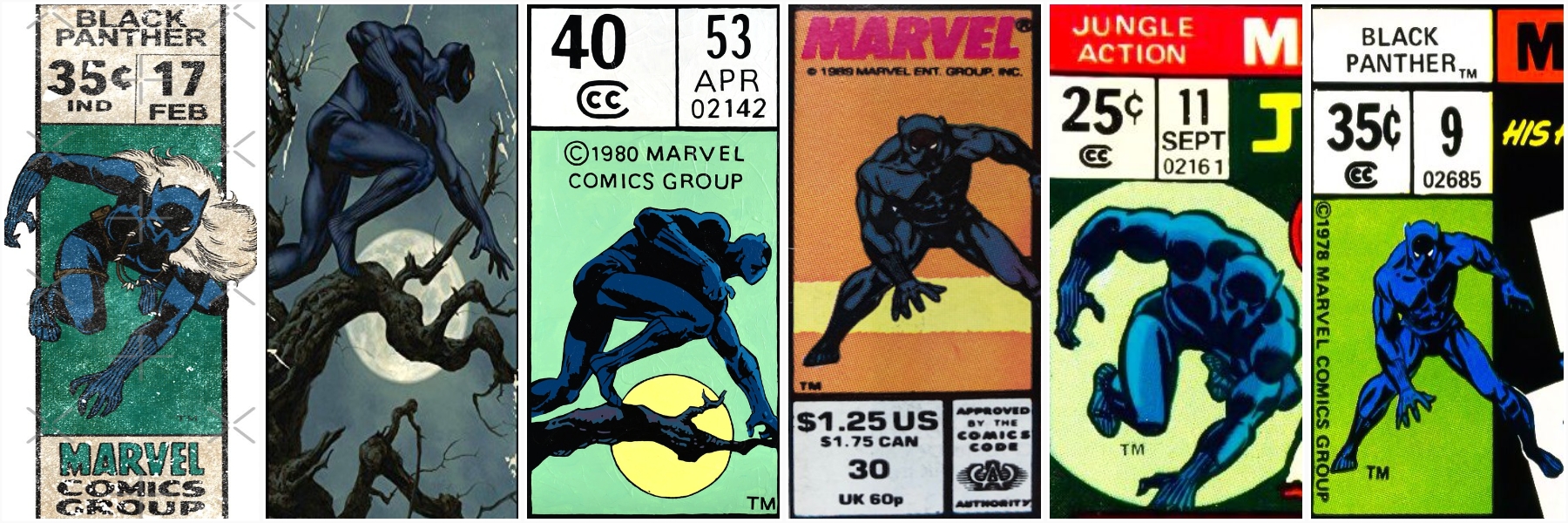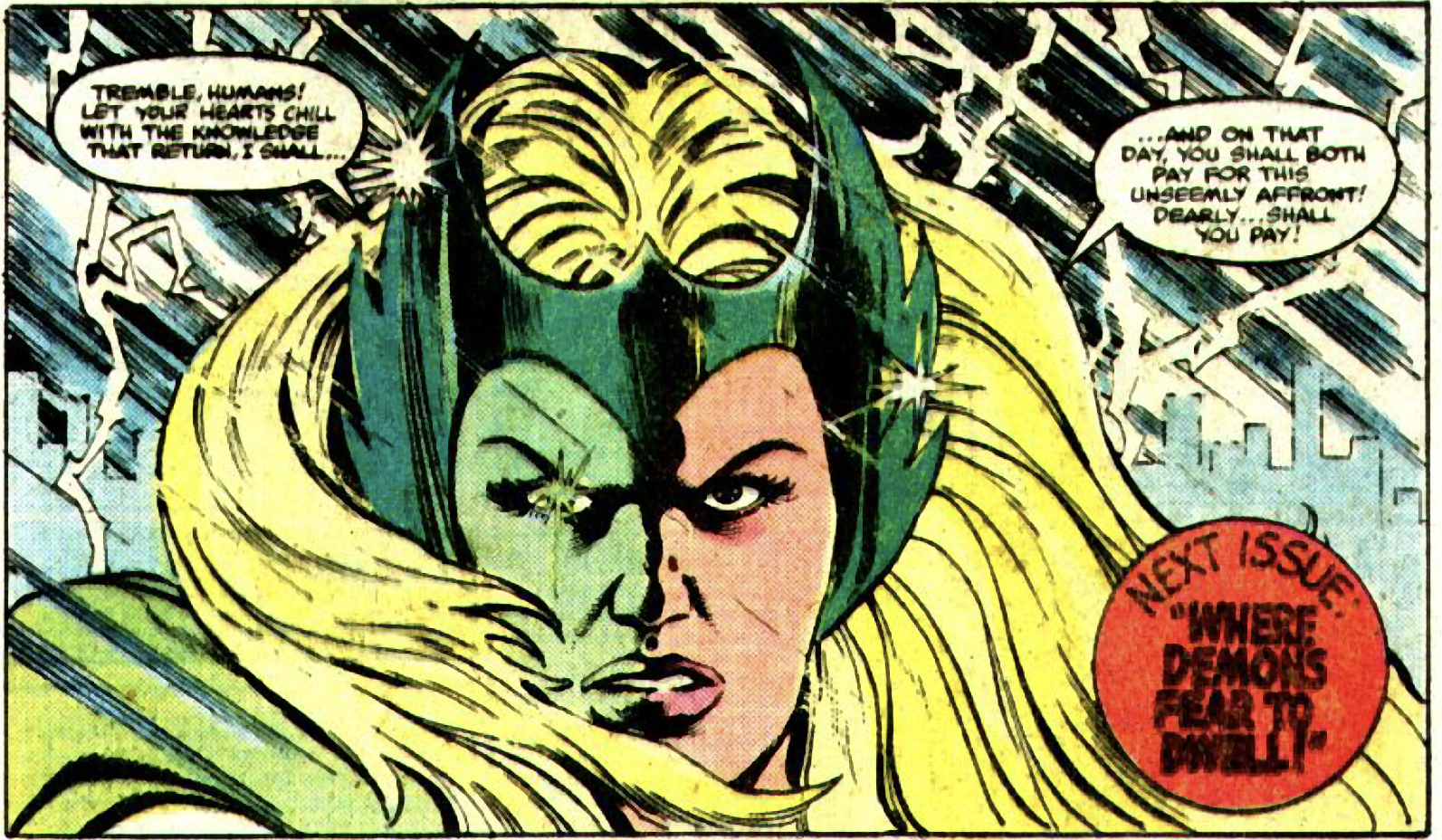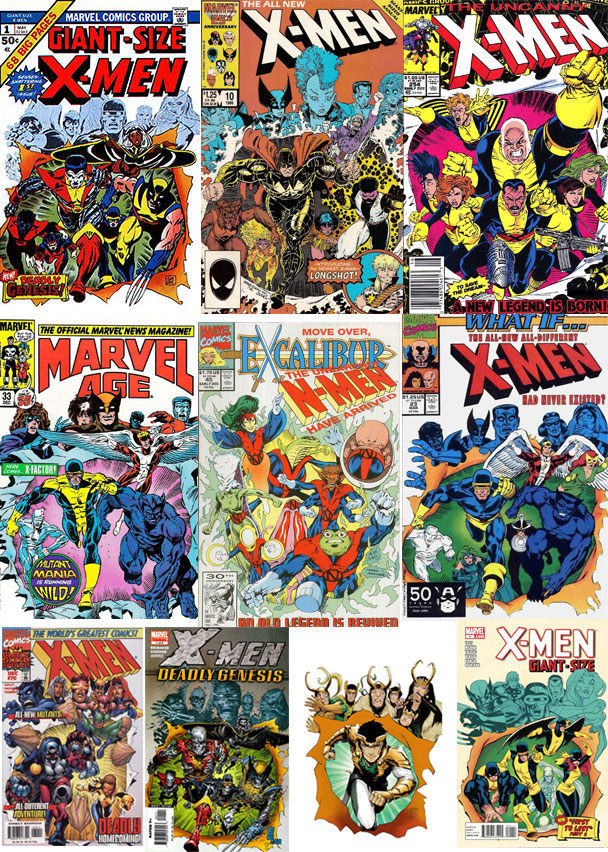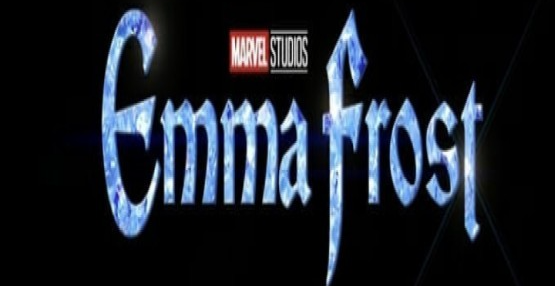With Anime Expo wrapping up this weekend, it was clear to see how his event has grown from a fan run event to a global marketing festival. Over 100,000 people attended, and all kinds of reports and news were released. You can find all the Beat’s coverage here – and a huge shout out to our entire AX team which was led by Hayame Kawachi and Ollie Kaplan! This was by far our most extensive coverage of the event ever but it’s an event that deserves this level of coverage.
Several eye-opening surveys were released, perhaps to tie-in with all the attention. The most reported on was from Netflix, which says that more than 50% of its members now watch anime. THR had a digest version:
According to Netflix, more than 50 percent of its members — amounting to over 150 million households, or an estimated 300 million viewers — now watch anime. The company says anime viewership on the platform has tripled over the past five years, with 2024 marking a record-breaking year: 33 anime titles appeared in Netflix’s Global Top 10 (Non-English) rankings, more than double the number in 2021.
The streamer also revealed that anime content was viewed over 1 billion times globally in 2024, and that 80 to 90 percent of users opt to watch anime dubbed. To capitalize on the demand, Netflix has begun offering anime titles with dubbed audio and descriptions in up to 33 languages.
With Netflix the US entertainment industry leader, their doubling down on anime is a huge trend in and of itself, with Disney and Prime Video right behind.
The huge Japanese advertising/PR firm Dentsu also released a study on anime. Key findings were summarized in a pay-to-read summary – you can actually read the whole report below– but let’s copy those key findings:
Among the key findings:
- 50% of Gen Z watches anime weekly, with 14% watching daily. Millennials also tune in frequently, with nearly half (48%) watching daily or weekly. Older generations watch far less often: 24% of Gen X watches daily (4%) or weekly (20%), and only 1% of Baby Boomers watch daily.
- Overall, 31% of consumers worldwide and 1 in 3 US viewers watch anime weekly.
- Netflix leads as the go-to source for anime worldwide, with 48% of viewers using Netflix for anime programming. Disney+ (32%) and Prime Video (29%) follow.
- 28% of global consumers who watch anime have spent over $200 on merchandise with anime IP, and 1 in 10 anime viewers have spent over $500.
Why platforms are paying attention: Anime’s global viewership gives access to diverse audiences. And the medium is cheaper to produce and acquire than live-action scripted shows—making it a key opportunity to sustain subscribers while keeping costs low.
As I mentioned you can read the whole survey embedded below – it’s full of eye popping statistics aimed at getting people to work with Dentsu to reach this youthful and lucrative market. One slide headline caught my attention however:
A SIGNIFICANT SHARE OF VIEWERS SAY THAT THEIR OPINION OF A BRAND IMPROVES WHEN ANIME IP IS INCORPORATED IN PRODUCTS AND PROMOTIONS. This is particularly true among Gen Z and Millennial viewers, while older generations are more likely to say it doesn’t impact their perception.
The U.S. manga market has continued to grow rapidly since 2020, with sales and volume nearly doubling according to NPD BookScan (now Circana). The fan base has expanded to include a broad age range, including women in their 30s and 40s, and manga sections have been significantly expanded in urban bookstores. While Japanese manga accounts for over half of the market, Korean webtoons and original American works are also emerging. New reading experiences are becoming widespread, with 32.9% of readers consuming vertical-scrolling format content. The “anime-to-manga” pipeline is the most effective pathway, though this varies by genre. The fan base can be categorized into four segments: Veteran fans, Casual fans, Collectors, and Children, each with distinct mindsets and different consumption behaviors, requiring strategies that account for these differences.
The anime re-explosion must have US manga publishers clicking their heels in glee. After a pandemic boom, sales shrank, although still higher than before, but all these numbers suggest strong and steady readership.
I count myself among the 99% of people my age who don’t watch anime. I do consider myself a “veteran fan”, since my childhood must-sees included Speed Racer, Ultraman and Godzilla, but I’m still an outsider to anime culture. Given that my generation of comics industry executives is aging out, I’m confident that the current generations of comics content makers include a proportionate number of manga lovers. What I’m getting at is that all the above suggests to me that the manga-fication of the US comics market will continue to grow. The Diamond Diaspora isn’t just a business disaster and distraction, it’s very much the end of a certain way of doing business and bringing products to market.
I’m not sure that old timers and young old timers really understand how big this shift will be. While “authenticity” is still a hill that few can climb, we’re already far into this shift. Anime and manga are not trends, they’re facts of life. And The Old Gods Are Dead.
And here’s that survey! Let me know your key findings in the comments:



















 English (US) ·
English (US) ·